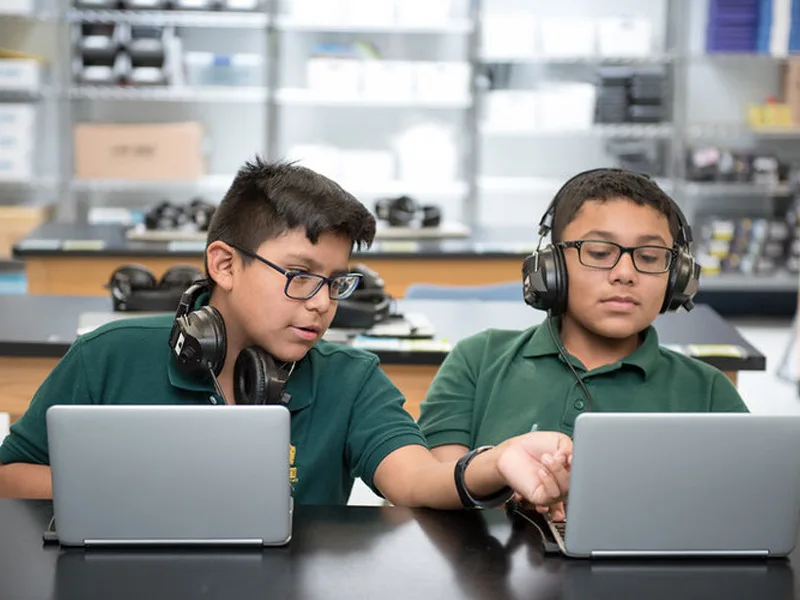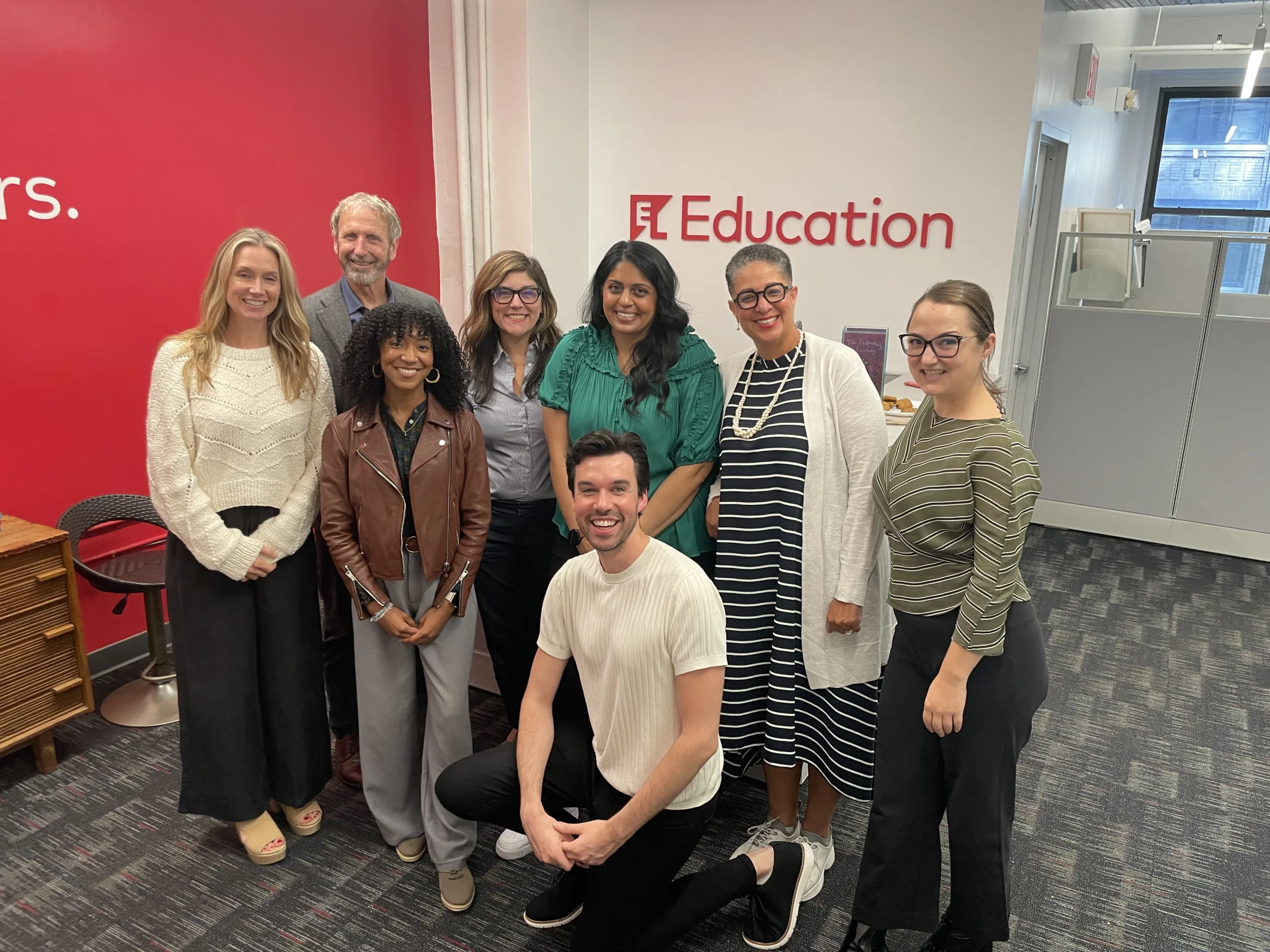The Learning + Technology Fund

NYC students living in poverty do not have sufficient access to an education that meets their needs, unlocks their potential, and prepares them for the global knowledge economy.
The Robin Hood Learning + Technology Fund is a $50 million initiative informed by leading thinkers in tech and education to use technology to transform learning so that all students are prepared to succeed in a rapidly changing world.
The Fund is a partnership with the Overdeck Family Foundation and Siegel Family Endowment to unlock the power of technology to drive innovation for learning.
Our Impact
$33
M
Invested to date
38
Community partner grantees
10.3
M
Students reached

Grantee Spotlight: EL Education and NYC Reads
Learn more about how the Robin Hood Learning + Technology Fund and grantee EL Education are working to make NYC Reads a success for students and educators
Our Strategy
We work with visionary educators, curriculum providers, schools of education, teacher trainers, researchers and families to:
- Advance blended literacy approaches: With our partners, we strive to better integrate technology into classrooms so teachers have tools and resources to improve student reading and writing. Read the concept paper and learn about blended literacy in practice.
- Promote computational thinking: We’re helping to create a pipeline of teachers equipped to help students learn how to think, solve, and create with computers to succeed in a digitally-driven world. Read the concept paper and learn about computational thinking in practice.
Blending technology into curriculum and classroom practice has the potential to help teachers and students get the support they need, enhancing both teaching and learning in NYC.
Collaboration is the cornerstone of effective philanthropy, and a key to making grants that will help children become successful learners.